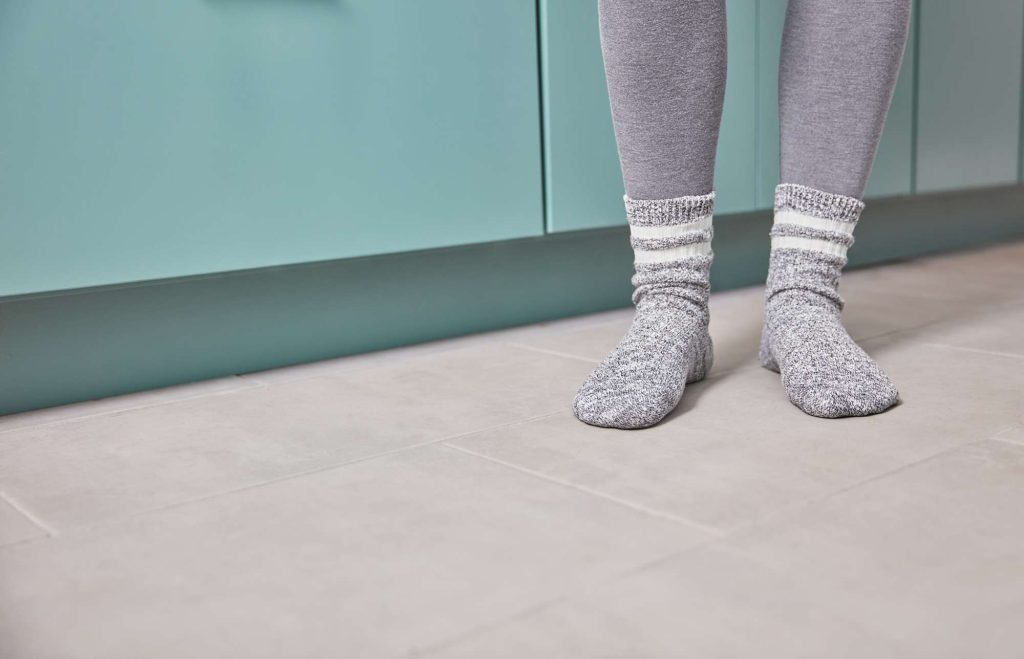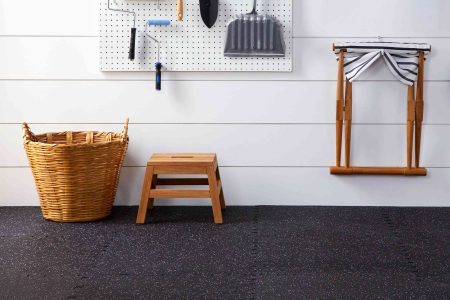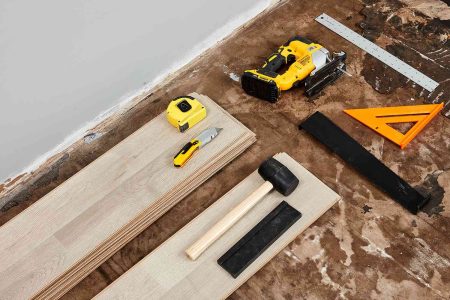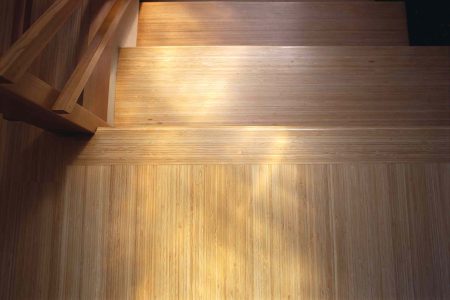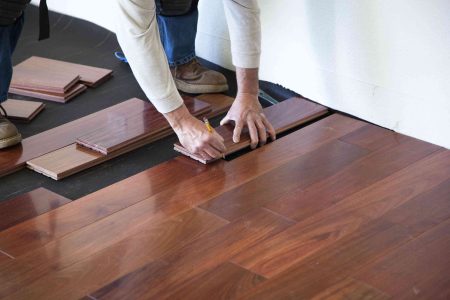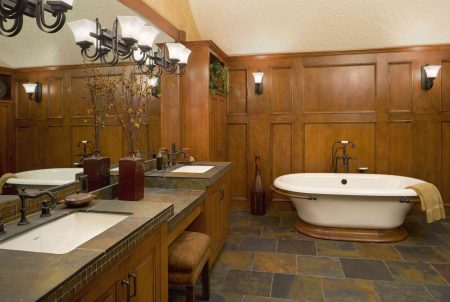There’s nothing quite like the feeling of waking up on a winter morning and placing your bare feet on an icy-cold floor. Talk about taking your breath away! The floor is so cold because some materials retain heat better, while others lose it quickly. Many types of harder flooring materials won’t hold onto heat very well, and your toes might pay the price.
Fortunately, there are products that can insulate your floors, making the entire expanse feel warm and cozy. There are also a few tricks that can improve the comfort of existing surface coverings. Here’s how to warm up your floors, from the easy solutions to the more involved ones.
Understanding the Properties of Flooring Materials
Some flooring materials are warmer than others. If you’re thinking about changing up your flooring, consider the properties of each option for flooring material to determine which ones might work best to keep your feet warm during the coldest months.
Carpet: This is the most iconic and popular warm flooring solution, and it is often employed in bedrooms, family rooms, and living room areas. Products with longer, thicker threads will tend to have the most benefits in the winter, protecting the space against the outer chill while also insulating the room against heat loss. A good-quality carpet pad, such as one made of dense foam or wool, will not only make a carpet feel warmer but will actually improve the R-value (its resistance to heat loss) in a measurable way. Unfortunately, carpet is not a good choice for living spaces prone to moisture or water infiltration, such as basements.
Cork: An unexpectedly warm and inviting choice, this material is made up of numerous tiny air pockets that fill the entire dimensional structure of its build. These act like cushions of insulation, preventing hot air from getting out and cold air from getting in. It is also relatively easy to install, available in tiles and sheets that can be laid over almost any subfloor, as well as directly over existing flat floors in good shape. As with most flooring materials, thicker products will be better at holding in the heat.
Vinyl: This resilient tile or sheet material is very thin, and so does not inherently possess any features of warmth or cold. However, it can be paired with padded underlayment consisting of materials such as cork or foam to combine its durable functionality with insulating properties. Luxury vinyl flooring planks (LVF) will be somewhat warmer underfoot. While vinyl can be a good choice in spaces such as bathrooms and kitchens, the cost of the underlayment needed to make the floor warmer can also greatly increase the price of the materials.
Laminate: Like vinyl, laminates are a neutral material when it comes to transmitting heat. A layer of dense foam padding under the laminate can help warm up the floor. In slab situations, raising the subfloor off the concrete with a layer of plywood over sleeper strips before installing the surface flooring can also make it warmer on the feet.
Ceramic tile and natural stone: These are some of the coldest flooring options available since both ceramic tile and stone are very good at transmitting heat. While this quality makes them chilly in the winter, it also has an important benefit. When paired with radiant heating systems, these surfaces can become toasty warm, and may be a delightful feature throughout the cold season.
There are a number of ways to warm up a floor. Some are fairly simple, while others must be integrated when the flooring is first installed or replaced. We’ll walk through the basics of each.
Make Use of Rugs
This is a simple yet timeless warming solution with the added bonus of making the space more inviting. Strategically placed area rugs create conversation corners and reading nooks, which can be carved out of pieces of a larger room. They can also be employed near beds, doorways, and in bathrooms where people tend to be barefoot, providing some cushioning and warmth.
Insulate the Floor and Rim Joists
In first-story floors built on joist platform construction, the joist spaces built over unheated basements or crawlspaces may lose heat through the floors themselves. Insulating those floors with fiberglass batt insulation will warm them up.
The rim joist areas where the flooring platform rests on the foundation can also be a source of cold air circulating through the joist cavities below a floor. Insulating the rim joists and headers can help make floors warmer.
Choose the Right Underlayment
There are a variety of flat, resilient flooring options such as vinyl, linoleum, and laminate that will take on the temperature of whatever surface they are installed over. If they are placed directly on a concrete subfloor then they will inherit the naturally chilly properties of that material. Even with plywood subfloors, there can still be a drafty feel during winter’s chill.
The solution to this is the use of an underlayment. This is installed above the subfloor but below the surface covering. It usually consists of cork, foam, rubber, or some other natural insulating material. This can help improve the warmth of the area while adding genuine R-value to the floor, which cuts down on energy costs. Underlayment can also reduce sound transmission to and from the rooms below.
Install Radiant Below-Surface Heating
A surefire way to improve flooring warmth is with an under-floor heating system. This system radiates heat through an underlayment between the subfloor and surface flooring. The purpose of a radiant heating system is to emit warmth directly upward into a floor, making it toasty beneath your feet. That heat also rises up into the rest of the room, efficiently controlling the temperature of the space. Radiant heating systems generally work best with highly conductive materials, such as tile and stone.
There are two major types of radiant below-surface heating systems. The most common consists of coils of wire that are heated electrically. There are also hydronic systems that use long thin tubes filled with heated water. Electric systems are much easier to install and less expensive. Hydroponic systems are more often installed during the actual construction of the house. They are expensive to install but offer more efficient long-term operating costs.
Read the full article here



